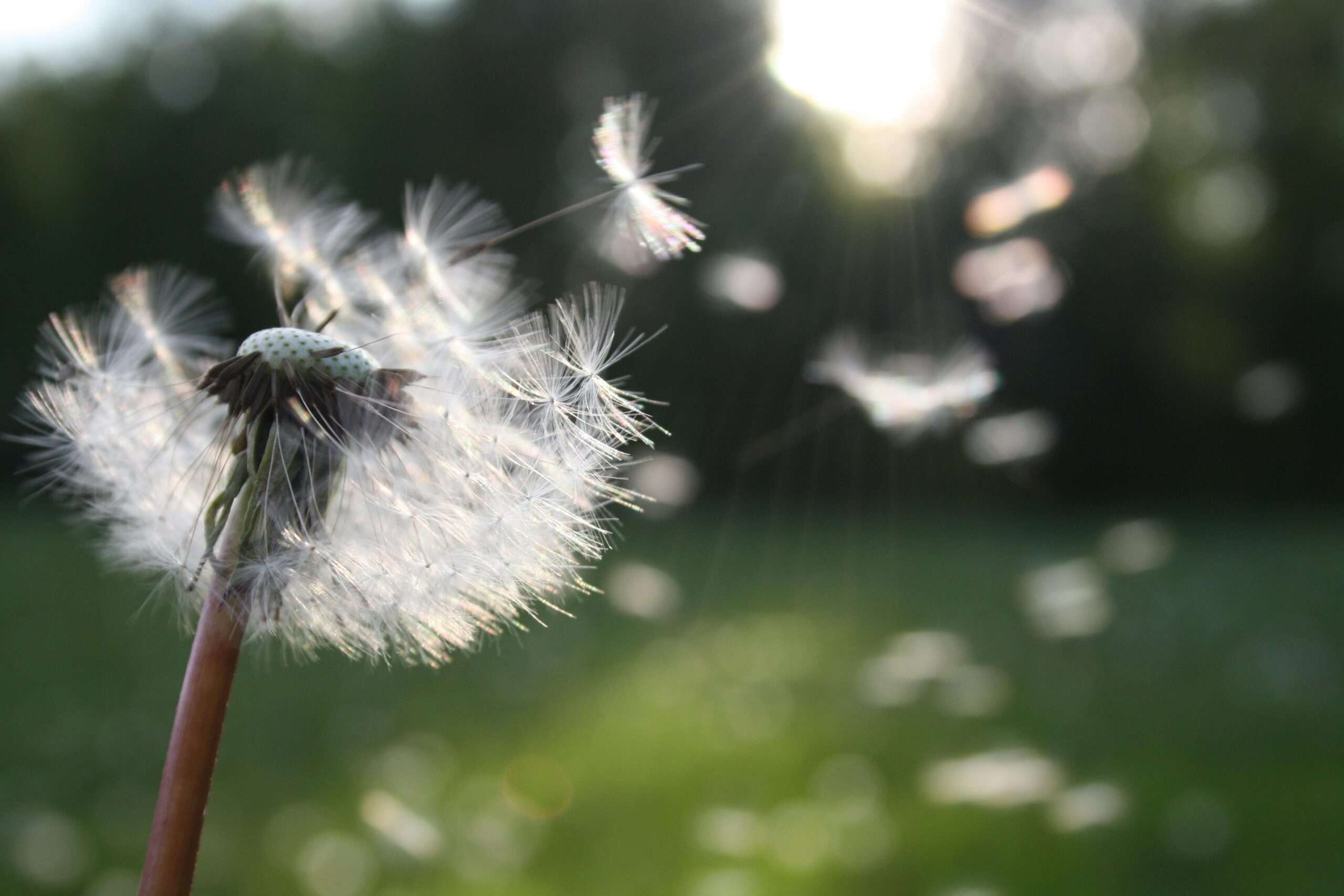Hay fever is a common allergic reaction that happens at specific times of the year. Also called seasonal rhinitis, it shares symptoms with perennial allergic rhinitis but occurs in response to pollen from grass, trees, and weeds during early spring and summer. Both adults and children can be affected.
When is Hay Fever Season?
There are around 30 types of pollen that can trigger hay fever. The pollen responsible for hay fever comes from several sources, including:
- Grass Pollen: In the UK, 90% of people with hay fever are allergic to grass pollen.
- Tree Pollen: About 25% of people with hay fever in the UK are allergic to tree pollen, from species such as oak, ash, cedar, and birch. Those allergic to birch pollen often also react to apples, peaches, plums, and cherries due to similar proteins found in these fruits.
- Weed Pollen: Pollen from weeds like dock, mugwort, and nettles is a less common allergen and typically affects people during the autumn.
In the UK, the pollen count season is divided into three periods:
- Tree Pollen: Late March to mid-May
- Grass Pollen: Mid-May to July
- Weed Pollen: End of June to September
Understanding the timing of these pollen seasons can help hay fever sufferers anticipate their symptoms and manage them more effectively
How to treat Hay Fever
Antihistamines are widely used by people who experience allergic reactions to pollen and other allergens. They are also used to treat a variety of conditions such as stomach issues, colds, anxiety, and more.
Antihistamines come in two types: drowsy and non-drowsy. Non-drowsy antihistamines are usually preferred for daytime use to avoid impairing daily activities, while drowsy antihistamines can be helpful at night for better sleep. Cetirizine and loratadine are examples of non-drowsy antihistamines.
Serious side effects from antihistamines are rare; most side effects are common and usually resolve on their own within a few days. Common side effects include:
- Sleepiness and reduced reaction speed and judgment
- Dry mouth
- Blurred vision
- Difficulty urinating
If you experience any life-threatening symptoms like chest tightness, heavy breathing, or a sudden severe headache, seek medical attention immediately.
Other treatments for hay fever include:
- Nasal corticosteroids: These are effective in reducing inflammation and relieving symptoms like nasal congestion, runny nose, and sneezing. They are usually available as nasal sprays.
- Decongestants: These can help relieve a stuffy nose but are typically recommended for short-term use due to potential side effects, such as increased blood pressure.
- Eye drops: These are specifically formulated to reduce itching and watering of the eyes.
- Allergen avoidance: Minimising exposure to pollen by keeping windows closed, using air purifiers, and showering after being outdoors.
- Immunotherapy: For severe cases, allergen immunotherapy (allergy shots or tablets) can help desensitise the immune system to pollen over time.
Both adults and children can suffer from hay fever, and treatment options are often similar, though dosages and specific medications may vary.


